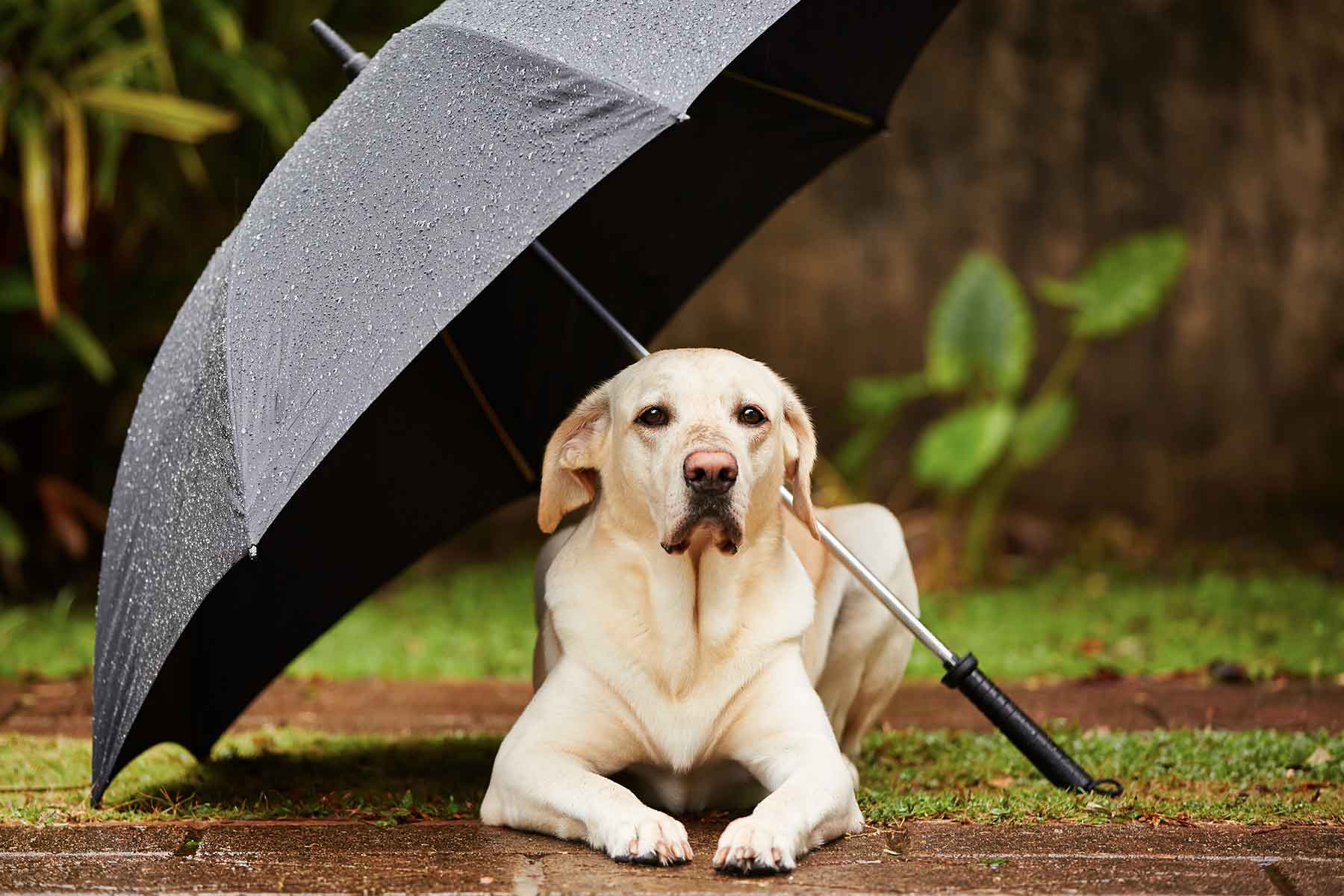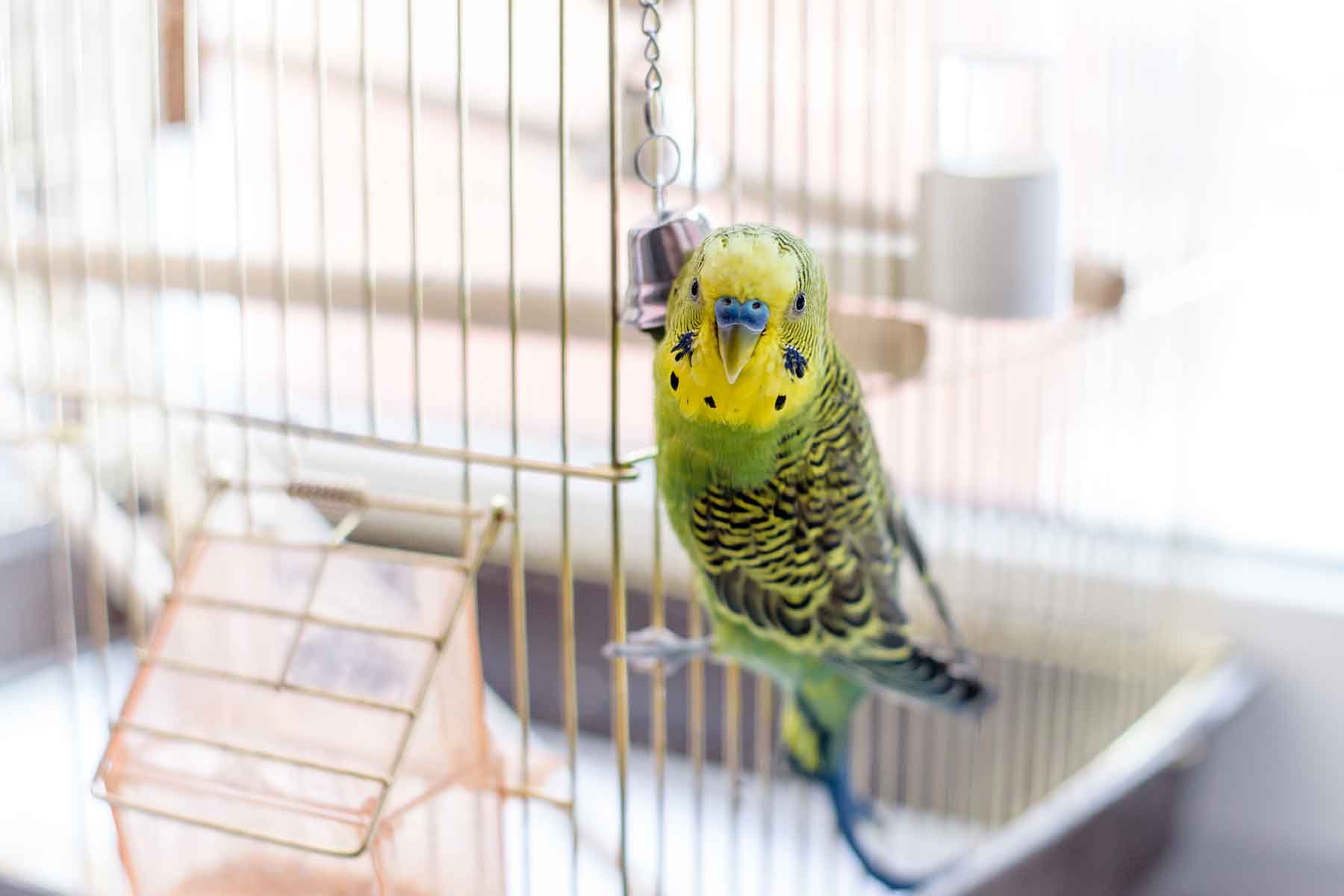Do I need to restrain my dog in the car? The answer to this question depends on your location and requires a mostly common sense response. Throughout Australia the laws surrounding dog restraint when travelling in or on the back of a car vary from state to state.
In Victoria and South Australia, helfty fines apply if dogs travelling on the back of utes are not restrained. In New South Wales, drivers could face hefty fines and jail sentence if a dog is injured as a result of being unrestrained. In Western Australia it is illegal for a dog to travel on the lap of the driver. For more information, we recommend visiting your local road safety authority’s website.
In addition to adhering to the relevant state law on pet restraint in cars, as veterinarians we believe a common sense approach to dog safety is best. Firstly any unsecure objects in a car can easily turn into life threatening projectiles during an impact. Pets left free to roam in a car can not only be life threatening to any humans or other animals travelling in a car, they are also in direct danger of being injured themselves.
The NRMA reports “If you’re driving 60km per hour with an unrestrained 20kg dog in your car and it gets thrown onto you, the impact is the same as if it had hit you from a third-floor balcony.” So in the absence of controlled product testing or restraining methods we believe the benefits far outweigh any risk.
Benefits for using pet restraints
We feel there are three critical safety benefits of using pet restraints.
- Window safety – your pet will not be tempted to jump from a window, nor will he/she be at risk of falling out of an open window as a result of sudden directional changes or braking.
- Driver distraction – there’s less chance of the driver being distracted if a pet is unable to move around the vehicle.
- Collision protection – if you suddenly brake or have a sudden impact there is less chance of your dog becoming a projectile.
Types of dog restraints
The RSPCA Australia have been reluctant to publish a written policy on restraining pets in cars due to the lack of formal car and pet safety testing in Australia. They have raised concerns about possible injury from tethering, harnessing and crating when involved in a sudden impact. With this in mind below are widely available restraint options we suggest, although you should take into consideration the type of car you drive and the size and shape of your dog.
Harness – Swivel style attachment systems which anchor to the existing seatbelt and attach to a dog harness. To be effective, it is essential for the harness to be correctly fitted and for the anchor to be secure.
Pet transport crates – For complete safety, crates must be secured to your vehicle and be big enough for a pet to stand up, lie down and turn around as per RSPCA guidelines.
Cargo barriers – Ideal for station wagons and four wheel drives. They can be purchased to suit your make and model of vehicle or you can purchase adjustable barriers which are easily installed and removed. If your cargo area is large consider the use of a harness as well.
So who’s restraining?
In recent online polls we asked pet owners how their pets travel in the car. Over 72% of respondents secure their pet in some manner (of all owners surveyed, 34% are secured by a harness, 31% travel in a carrier or crate, 7% with a barrier). The remaining 31% of respondents let their pet’s roam freely throughout the car.
One reason why you should act
As much as we all love to see a cute and happy face poking out from a car window and lapping up the breeze and sun, we ask you to consider a car restraint when travelling with your pet. One of our clients have made us aware of a recent unfortunate accident where a driver passed away after a sudden impact accident. However the driver’s dog, travelling in the rear of the car survived the tragic event as a result of wearing a car harness. If not for your safety, please consider your family, your pets and other road users.











